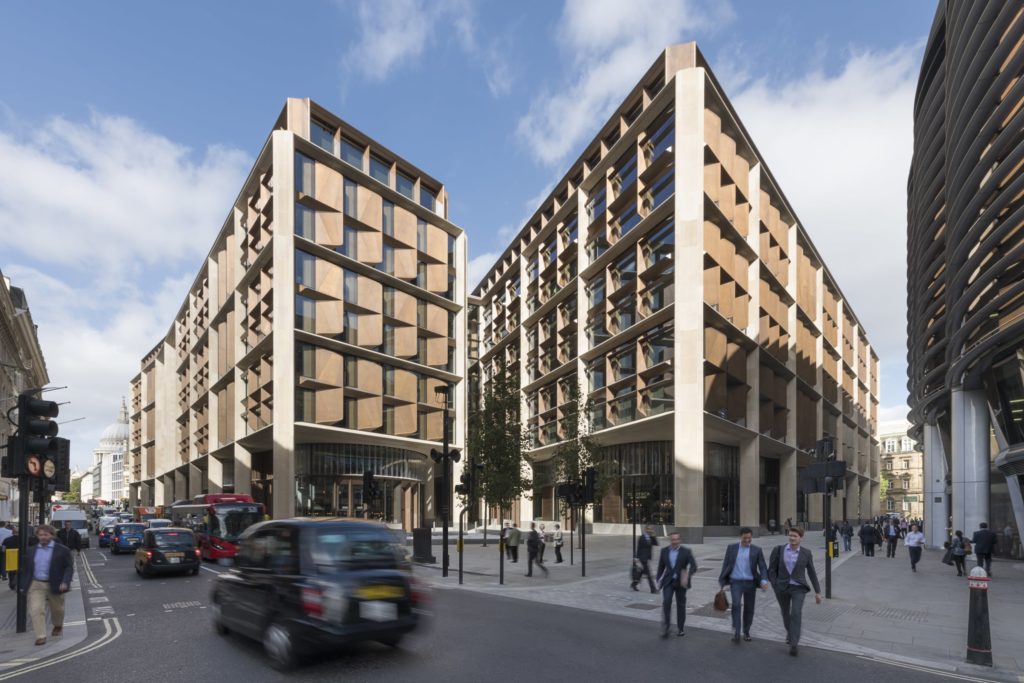Sector - Housing
Shortlist announced for prestigious 2018 RIBA Stirling Prize

The shortlist for the prestigious 2018 RIBA Stirling Prize ‘best new building’ category has been officially announced.
The nominees consist of six exemplary buildings ranging from student housing to an office building, cemetery, art gallery, lecture theatre and nursery school. The winner of the RIBA Stirling Prize, the highest accolade in UK architecture, will be selected from the shortlisted projects and announced on Wednesday 10th October.
The nominees for the 2018 RIBA Stirling Prize are:
- Bloomberg, London by Foster + Partners
- Bushey Cemetery, Hertfordshire by Waugh Thistleton Architects
- Chadwick Hall, University of Roehampton, London by Henley Halebrown
- New Tate St Ives, Cornwall by Jamie Fobert Architects with Evans & Shalev
- Storey’s Field Centre and Eddington Nursery, Cambridge by MUMA
- The Sultan Nazrin Shah Centre, Worcester College, Oxford by Niall McLaughlin Architects
Of the shortlist RIBA President Ben Derbyshire said: “Each of the projects on this year’s shortlist shows the power and payback of investing in quality architecture, illustrating perfectly how well-designed buildings are worth every penny and can exceed the expectations of the community they serve.
“It doesn’t go unnoticed that half of the buildings were commissioned by UK universities, suggesting that parts of the higher education sector value the importance of improving the quality of their buildings and estates to reward and attract students, staff and visitors, and to make a positive contribution to their local area. It’s encouraging to see clients who recognise the broad range of benefits that can be achieved by working with skilled and resourceful architects, and I hope more public-sector organisations will follow their lead.”
Mr Derbyshire concluded: “This shortlist illustrates why UK architects and architecture are held in such high regard around the world. In these challenging and turbulent political times, we must celebrate how the UK’s architectural talent can help to improve local communities and their quality of life.
If you would like to read more articles like this then please click here.
Related Articles
More Housing News
- Birmingham City Council Advances £2.5 Billion Ladywood Regeneration Scheme
12 Nov 25
Birmingham City Council has announced a £2.5 billion investment programme for the regeneration of Ladywood.
- Groundbreaking at Liverpool Waters
6 Nov 25
Groundbreaking starts at Central Docks.
- 21,000 new homes in North Sussex
30 Oct 25
A landmark agreement unlocks a pipeline of 21,000 new residential units across North Sussex.






